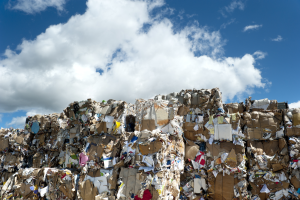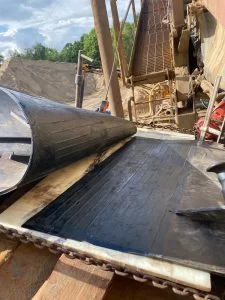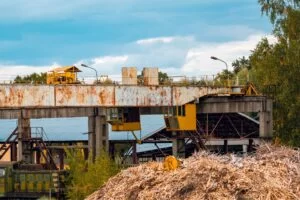Thames Water has published a draft 25 year plan for drainage and wastewater management, the Water Industry Journal (WIJ) reports. The plan details how the wastewater systems of the Thames Valley region, and the associated drainage networks, will be improved and maintained over the next quarter century.
The drainage and wastewater management plan (DWMP) is open to public consultation, before the finalised version will be published in March 2023. Thames Water states that its aims are to protect the environment and river health, mitigate against the risk of flooding, and create wider benefits for the community.
The plan has an ambitious 25-year reach, to build long-term goals which will accommodate population growth and climate change. According to the WIJ, the population of the Thames Valley area is expected to grow by 2.7 million over the next 50 years. During that time, changing land use will mean the loss of water absorbent greenfield sites.
This will increase the risk of flooding, especially as the UK can expect to have warmer and wetter winters, if climate change patterns continue according to the predicted models. Therefore, future planning measures will focus on managing flood risk, preventing wastewater pollution, and ensuring there is an adequate supply of treated water.
Sarah Bentley, Thames Water’s CEO, said: “Over the next 25 years and beyond, we must be able to meet the challenges of climate change and population growth, while continuing to provide wastewater services to our customers.”
She added: “Flooding can be a devastating experience, and we’re seeing more and more the pressures that significant rainfall events can put on our network, so we want to take action to stop rainwater getting into the sewers in the first place, so as not needing to be sent to our sewage works for treatment.”
Thames Water has carried out an in-depth consultation process, working with households, local authorities, the Environment Agency, plus many other relevant groups and organisations. Suggested flood management solutions include the creation of more wetland areas and rain collecting installations in urban areas, plus more river restoration.
Ms. Bentley added: “Delivering positive outcomes for our customers, the communities we serve, and the natural environment across our region is at the heart of this proposed plan and our values as a company.”
“So, I’m excited to be sharing our collective vision for creating a more sustainable and green solutions-based approach to drainage and wastewater, while providing greater access to our sites and green spaces. Working collaboratively with our partners will make a big difference to wastewater activities for future generations and our precious environment.”
Much of the UK’s sewer systems were put in place during the Victorian era, and have not been significantly upgraded since. Therefore, there is a long road ahead to bring them up to the standards set out in the Environment Act 2021, which requires water companies to participate in a mandatory £56 billion investment to reduce storm overflow discharge.
The Act states that by 2050, no storm overflows will be allowed to operate, unless there is unusually heavy rainfall. When operational, they must not have any adverse effect on the environment.
If you are looking for steep angle conveyor accessories, please visit our website today.




